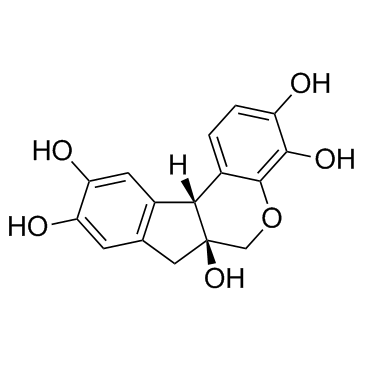| Structure | Name/CAS No. | Articles |
|---|---|---|
 |
Formic Acid
CAS:64-18-6 |
|
 |
Methanol
CAS:67-56-1 |
|
 |
Aqueous ammonia
CAS:1336-21-6 |
|
 |
Formaldehyde
CAS:50-00-0 |
|
 |
2-Pyrrolidinone
CAS:616-45-5 |
|
 |
Hematoxylin
CAS:517-28-2 |